
Israel Defense Forces (IDF) have reportedly been using decommissioned "Zelda" armored personnel carriers (APCs) loaded with explosives in their operations in Gaza and in south Lebanon, though the IDF has refused to comment on the existence of these vehicles.
These unmanned APCs are also capable of being remotely controlled and they are dragged by Israel's D9 into conflict areas, including suspected booby-trapped intersections and buildings, where they are detonated, triggering explosions and clearing the way for further military movements.
A remote-controlled IDF M113 is being targeted by Hamas militants in Gaza.
Residents of Gaza recently witnessed such an explosion. Confusion ensued, with initial reports suggesting a Hamas attack had destroyed the vehicle. However, no Israeli casualties were found near the wreckage, and it became evident that the APC had been intentionally destroyed by the IDF as part of their ongoing military strategy.
Footage shows the aftermath of Zelda APCs explosion in Gaza.
Hamas also discovered and disabled a vehicle-borne improvised explosive device (VBIED) and released a video documenting the incident.
Hamas' video about the M113 VBIED APCs found during Israel's military campaign in Gaza.
The practice of using APCs filled with explosives for remote detonation is reminiscent of previous operations aimed at neutralizing concealed threats. In some cases, the IDF has turned to unconventional methods to achieve its objectives.
For example, when Hezbollah militants used dense vegetation to hide near the northern Israeli border, early efforts to clear the area using traditional methods proved ineffective. An interesting solution emerged with the use of a modern trebuchet, an ancient siege weapon, to hurl incendiary materials.
Pictures of the trebuchet circulated widely on social media, capturing both intrigue and skepticism.
In Gaza, the tactic of using explosive APCs evolved as part of the IDF’s broader strategy for explosive clearance. Combat engineers have historically employed the "Tzefa Shiryon" (Zepash), a system designed to clear wide paths through mined areas.
However, as the conflict continued, the need to conserve munitions led to a decrease in Zepash usage, prompting a shift toward alternative methods like the APCs.
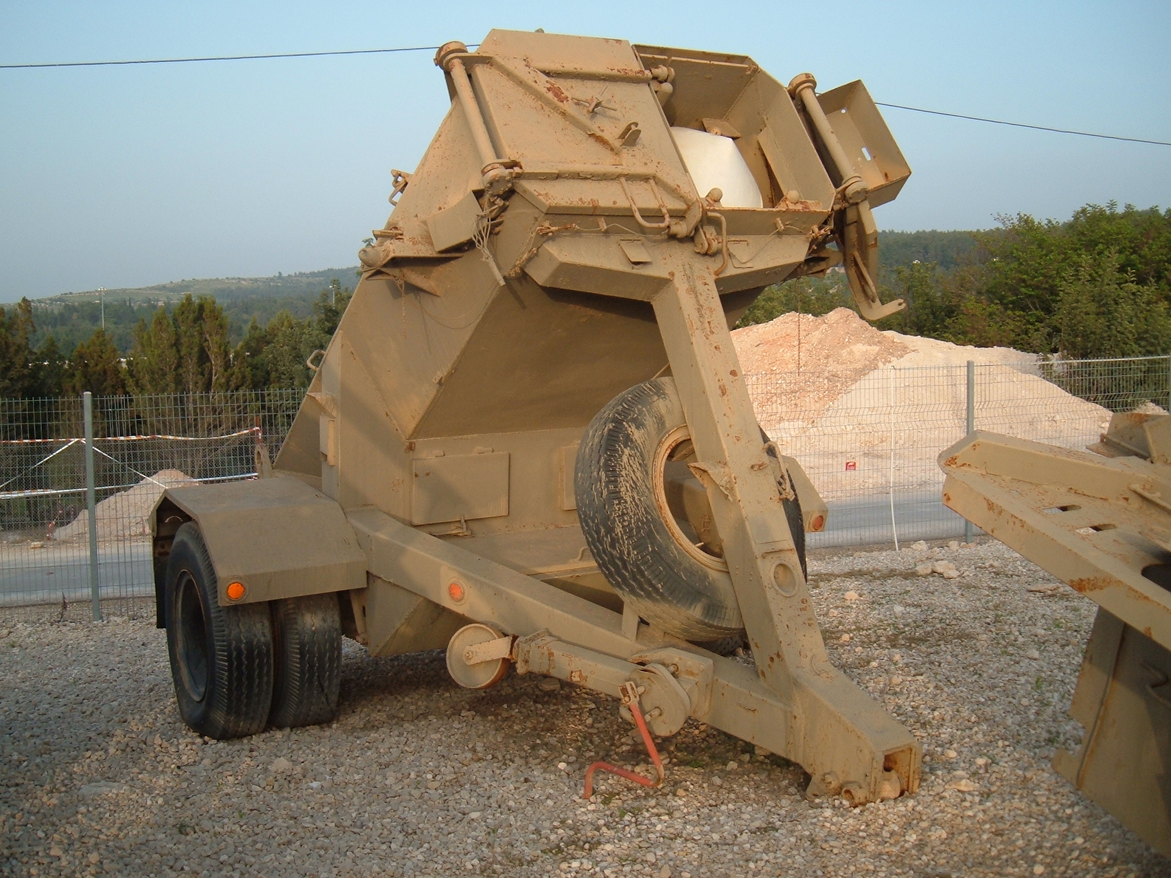
These modified APCs are deployed using remote-controlled D9 bulldozers, developed by Israel Aerospace Industries (IAI). The D9s, which require no human operator, drag the APCs into dangerous areas before remotely detonating the vehicles.
The M113 APCs, often referred to as "Zelda" models, had been phased out of active service in favor of newer models such as the Namer and Eitan. Their conversion into explosive devices, however, has given them a new, albeit destructive, purpose.
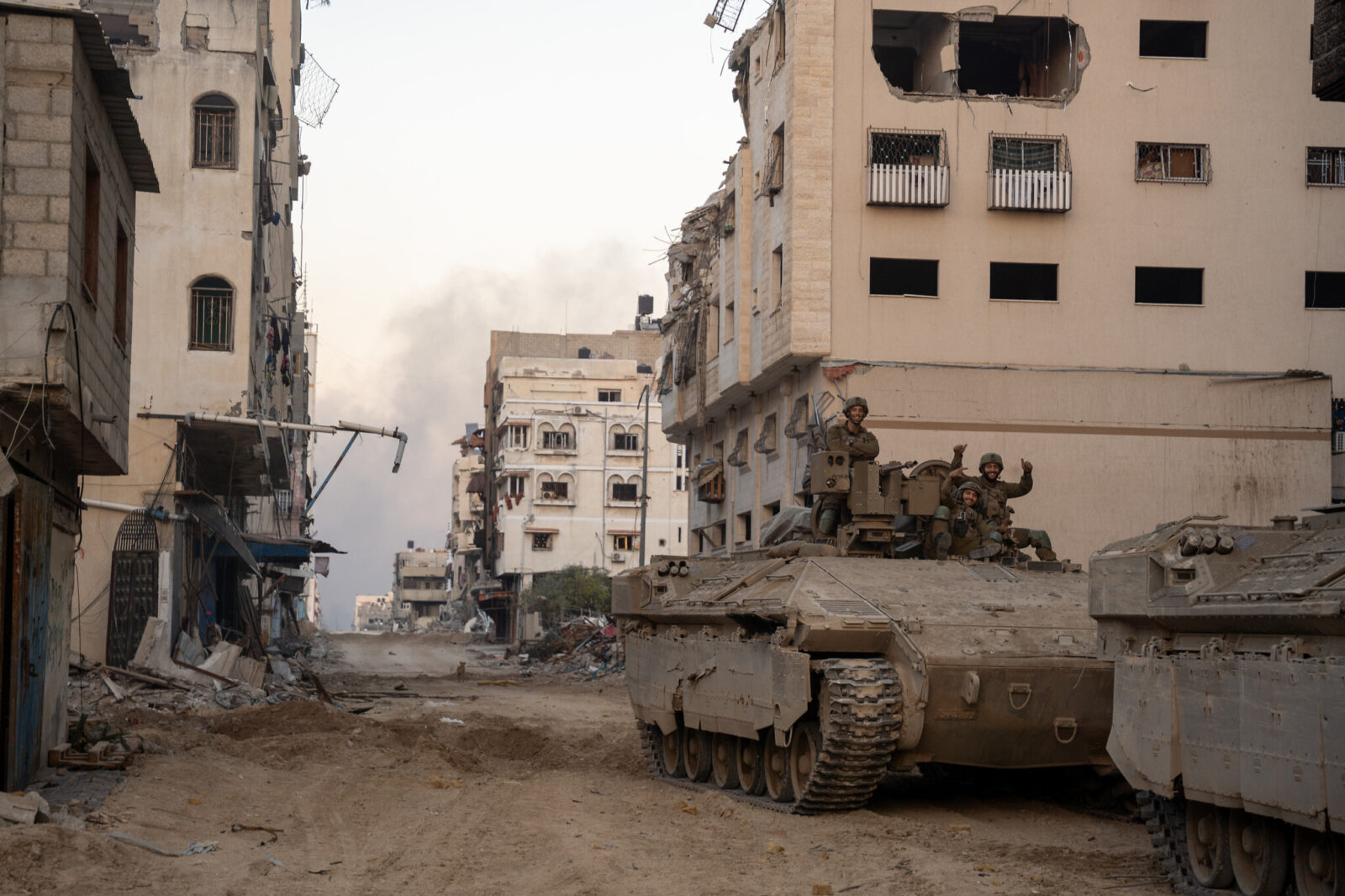

When detonated, the APCs create large explosions, sending debris flying and causing significant structural damage to nearby buildings. Though effective in neutralizing hidden explosives, the method raises questions about collateral damage and the potential risks involved.
The track marks on the concrete floor suggest that the M113 APC wasn't moved there under its own power. Instead, it appears to have been carried and positioned using the large chains visible at the rear of the vehicle.
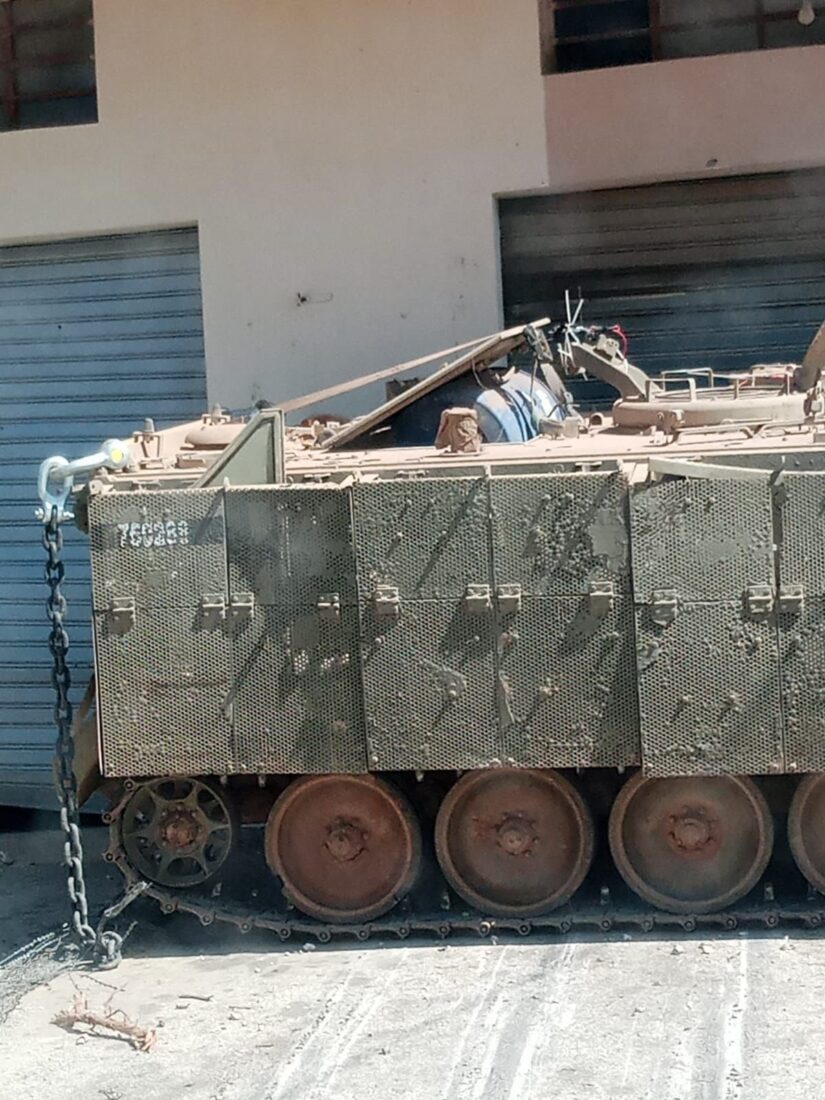
Opinions are divided within the IDF and military circles regarding the use of these explosive APCs. Some Israeli soldiers see the tactic as a practical and creative way to reduce risks for troops, while others view it as a potentially dangerous improvisation.
In an interview with an Israeli media outlet, an Israeli engineering officer stationed in central and southern Gaza stated, "We don’t use timed fuses." He explained, "Instead, we fire a tank shell at the APC from a distance. The explosion opens up paths and can even trigger nearby IEDs," referring to improvised explosive devices.
However, the technique is not without its complications. Engineers report that the explosives do not always detonate as planned. In such cases, soldiers resort to firing on the APC from a distance, often using mortars, drones or air support to trigger the explosion.
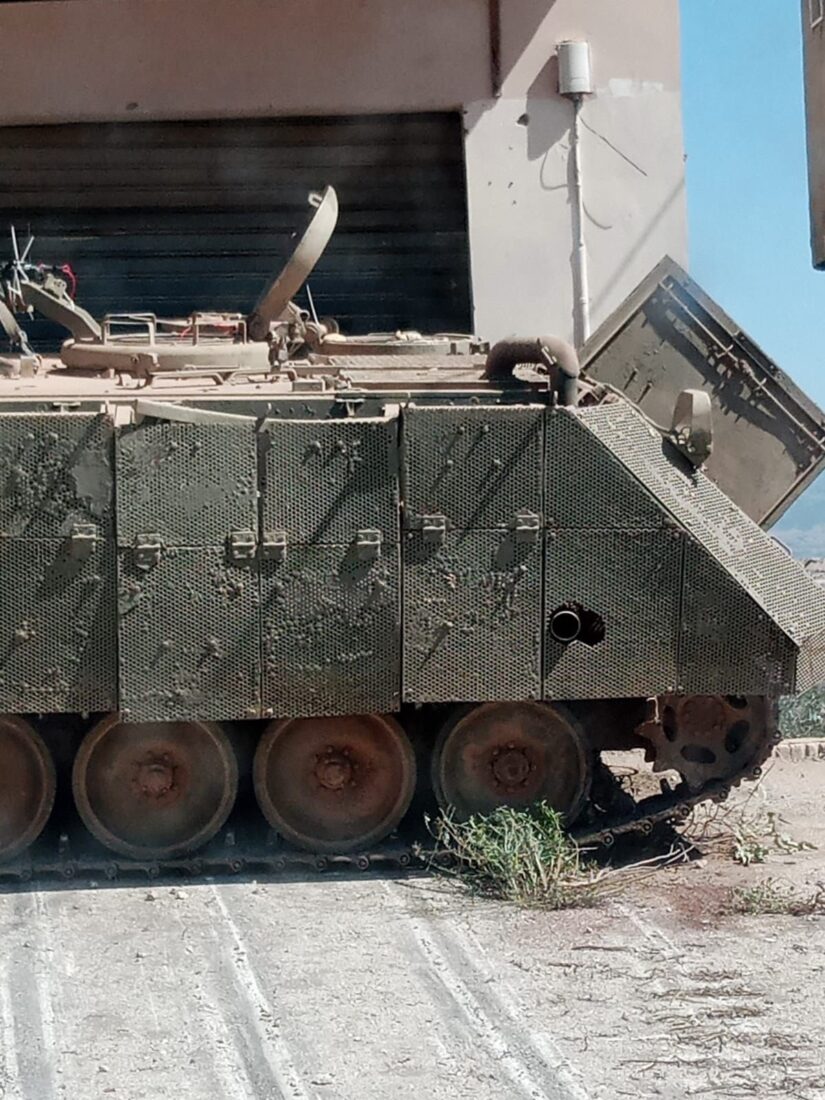
Brig. Gen. (res.) Amir Avivi, a veteran of the combat engineering corps, acknowledged to an Israeli media outlet the use of unconventional methods in the ongoing conflict. "In the current fighting in Gaza, the IDF needed to find ways to both kill militants and clear IED zones," he said.
"That’s how the idea of using decommissioned APCs filled with explosives came about."
The practice of using such tactics is not new for the IDF. Explosives used in these APCs were first introduced 15 years ago as part of efforts to destroy Hamas tunnels without needing to deploy soldiers into the tunnels.
The IDF has since increased procurement of these materials, which are produced by private Israeli companies.
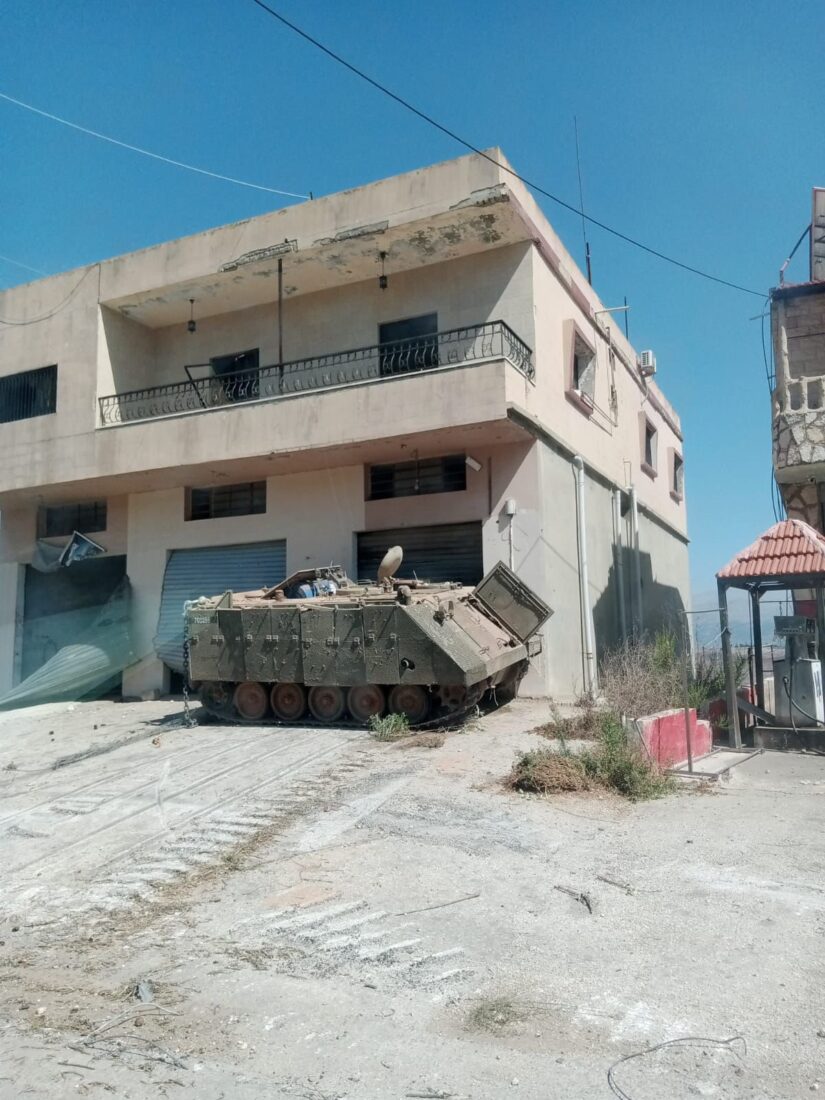
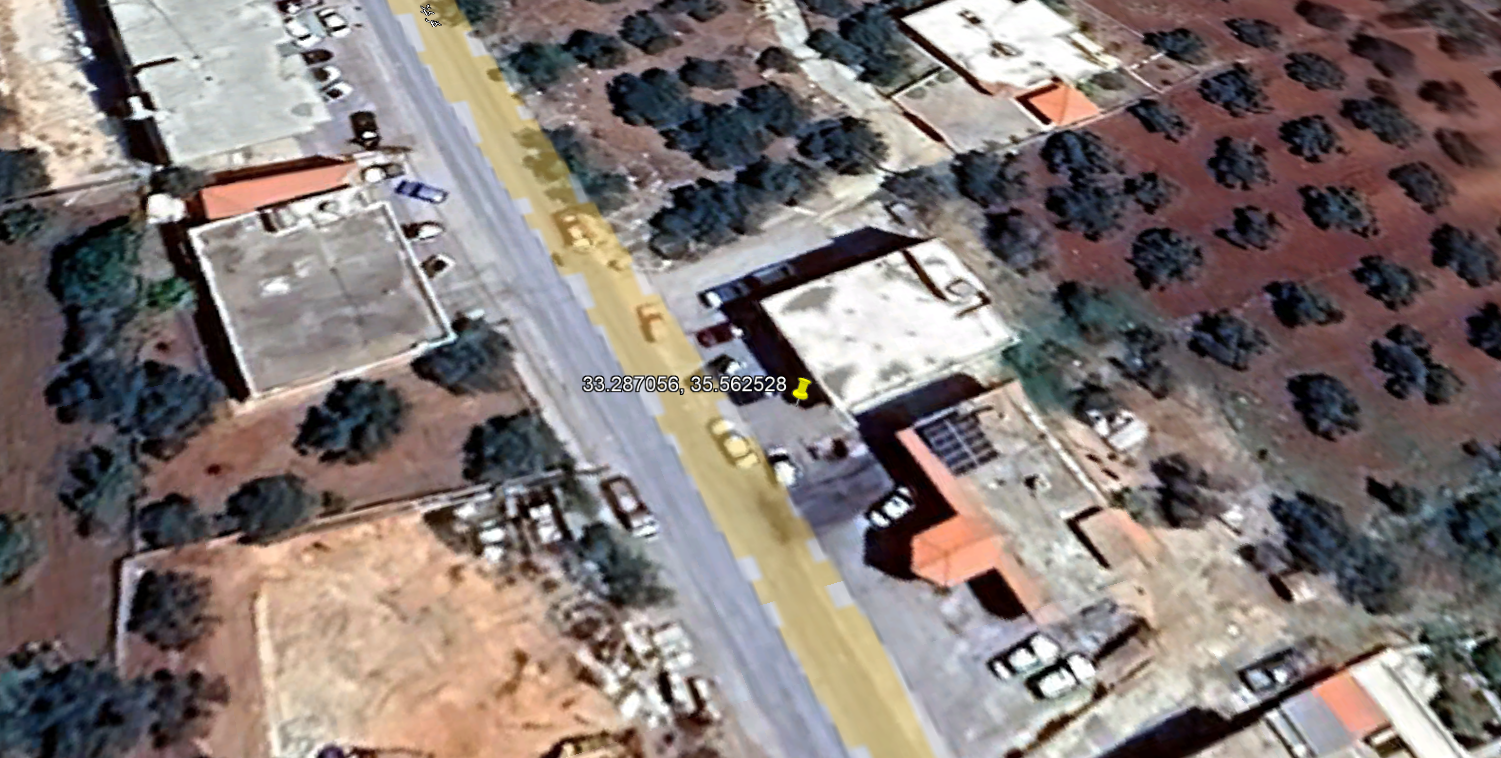
The Israel Defense Forces have long relied on armored Caterpillar D9 bulldozers for crucial roles in combat and defense operations.
Introduced in the early 2000s, the D9R bulldozer entered service with a new generation of armor developed by the IDF’s Masha, Israel Aerospace Industries, and Zoko Shiloovim/ITE (Caterpillar Inc. importers in Israel). To combat the rising threat of anti-tank rockets and missiles, slat armor was installed in 2006, significantly enhancing the bulldozer's protection.
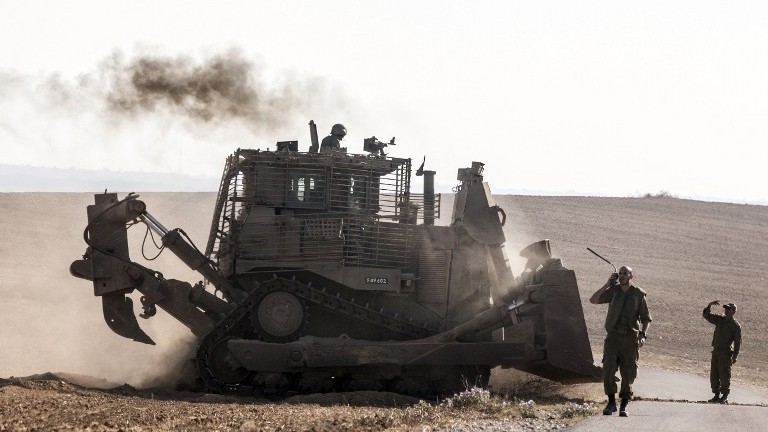
The IDF also operates remote-controlled D9N bulldozers, known as "Raam HaShachar" (Thunder of Dawn). These unmanned bulldozers are deployed in high-risk situations, such as clearing dangerous routes and detonating explosive charges.
Their use has become essential in minimizing casualties during intense military operations.
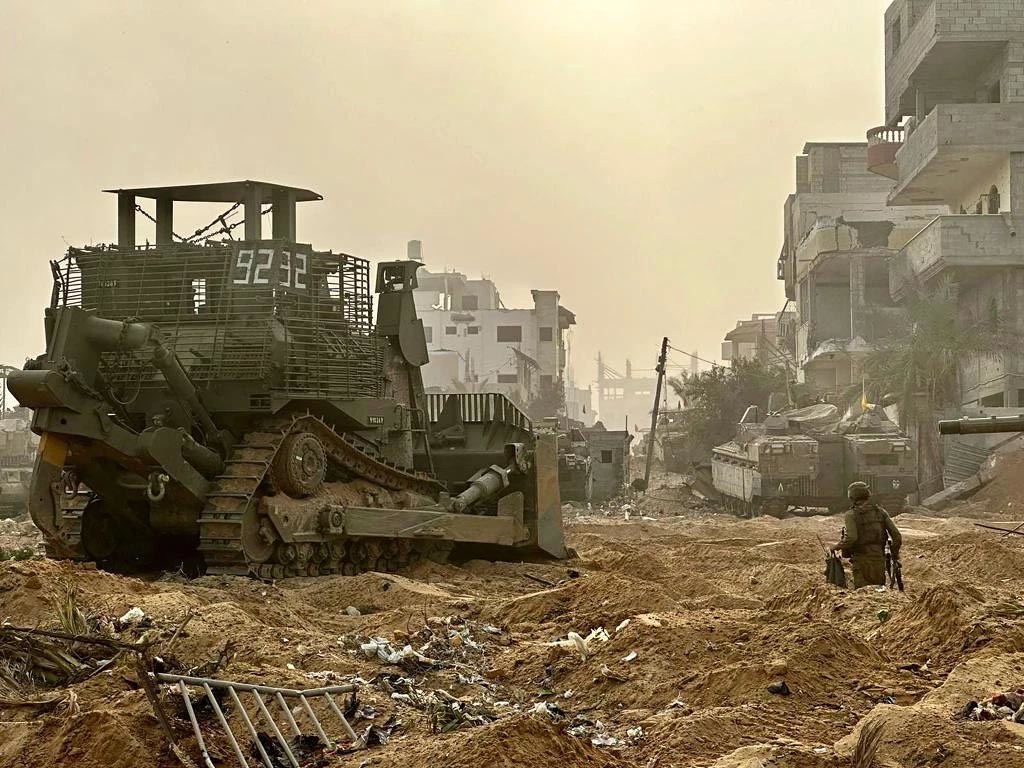
Both the armored D9R and unmanned D9N bulldozers played a pivotal role during the Second Lebanon War in 2006 and Operation Cast Lead from 2008 to 2009. They were instrumental in opening routes, clearing IEDs, and demolishing structures. Over 100 D9 bulldozers were deployed during Operation Cast Lead.
During that 1,400 Palestinians were killed, including some 300 children, and hundreds of
other unarmed civilians, including more than 115 women and 85 men aged over
50.
In 2018, the IDF introduced the "Panda," a remote-controlled version of the D9T bulldozer, developed in collaboration with Israel Aerospace Industries.
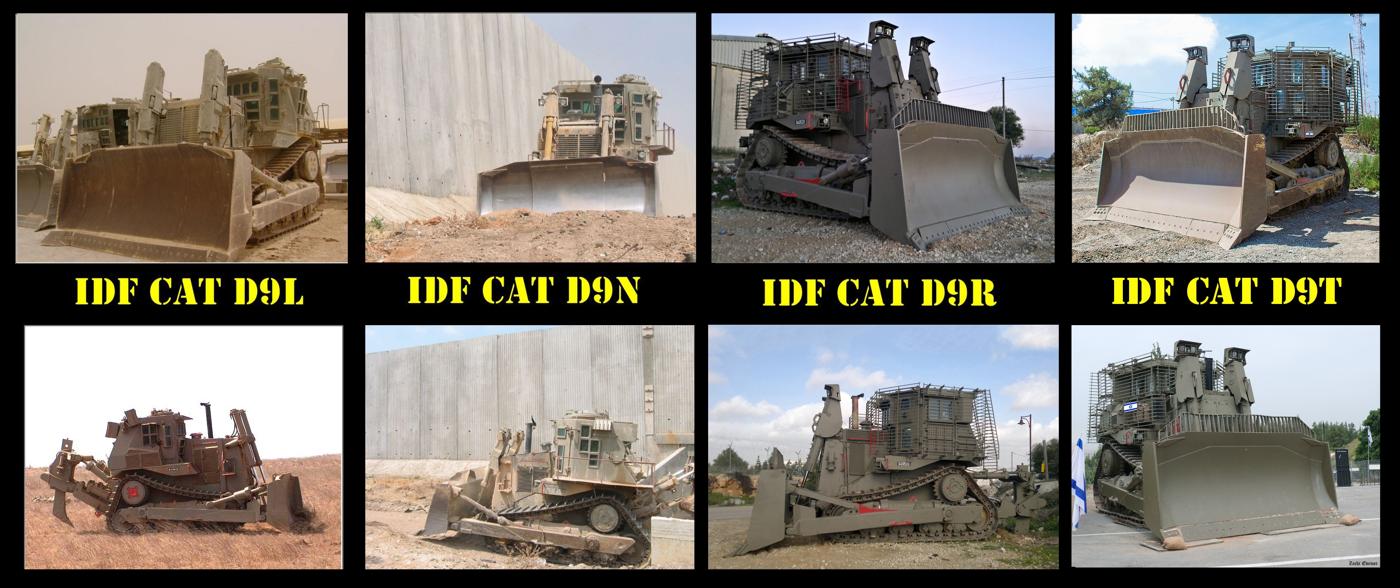
The Panda enhances operational safety by allowing bulldozers to be operated remotely in dangerous environments. That same year, Israel Aerospace Industries secured a contract to supply the IDF with additional D9T Panda bulldozers.
In 2019, Elbit Systems won a contract from Israel's Ministry of Defense to install the Iron Fist active protection system (APS) on IDF's D9 bulldozers.